Shumakamui - Hokkaido
Shumakamui / Shumakamuy (シュマカムイ) is a rock formation along the beach on the northern outskirts of the town of Yakumo. It is located at Kuroiwa in the town of Yakumo, Futami District in Hokkaido Prefecture, Japan.
 |
| Shumakamui |
Shumakamui details
The Black Rock Formations (黒岩奇岩), known as "Shumakamuy" or the "God's Stone" in the Ainu language, holds deep spiritual significance for the indigenous Ainu people. This awe-inspiring natural wonder, located in southern Hokkaido, is surrounded by a rich tapestry of local legend and history. Over time, the formation has become a notable attraction for visitors who are drawn not only to its striking appearance but also to its fascinating origins.
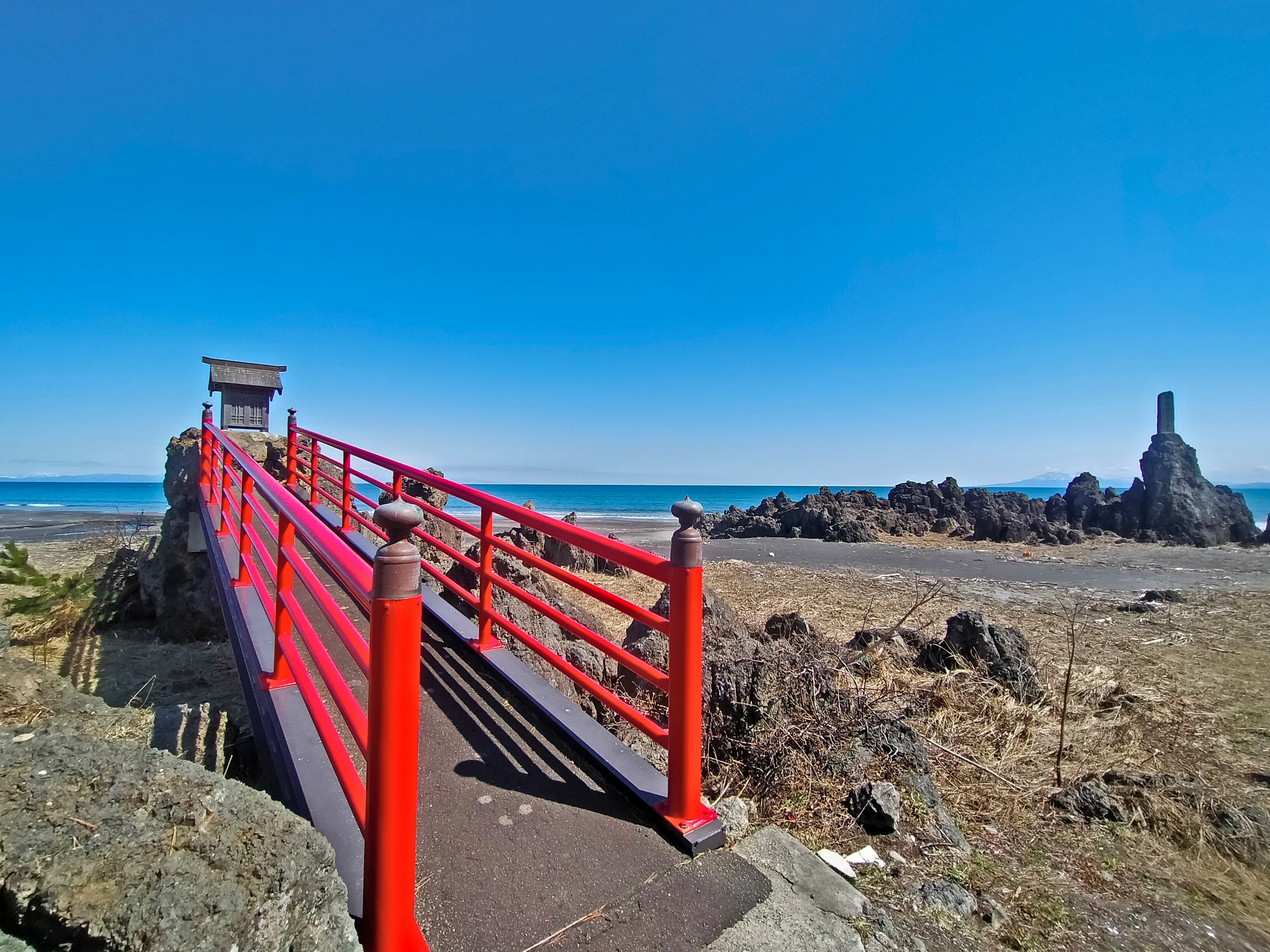 |
| Shumakamui - Yakumo town, Hokkaido Prefecture |
The Ainu people, who have long inhabited Hokkaido, regarded
the Black Rock Formation as a sacred site. They believed that the stone
embodied a powerful god, offering protection to the surrounding lands and the
people. This belief gave rise to the name "Shumakamuy," meaning
"God's Stone," reflecting the deep reverence the Ainu had for this
remarkable geological feature.
Shumakamui photos
Several origin stories about the Shumakamui have
been passed down through generations, each telling a different version of its
significance.
The First Origin Story: The Black Rocks of Kunneshuma
One popular story tells of the Ainu people’s connection to the black rocks along the coast, which they once referred to as "Kunneshuma," meaning "black rocks." According to this tale, long ago, Ainu migrants from Muroran, now a city in southern Hokkaido, found themselves stranded by ashfall from the eruption of Mount Komagatake. Their boat was unable to move forward due to the ash, leaving them stuck in place.
In a moment of desperation, the chief prayed to the gods for
help. Miraculously, someone appeared to carry the boat forward, but the boat
began to shake violently. After another prayer, the chief’s plea was answered
with a calmer force, allowing the boat to reach safety. This divine
intervention was attributed to the power of the black rocks, and the Ainu came
to worship them as a symbol of protection and strength.
Photos of the small shrine near Shumakamui
The Second Origin Story: The Battle of Rukuchi
Another origin story relates to the village of Rukuchi (now
known as Kuroiwa), located in Yakumo Town. The large black rock found in this
area was the focus of yet another tale of the Ainu’s reverence. According to
this story, the Ainu from Toimakotan, a distant land, launched a nighttime
attack on the village by boat. As the boats neared the shore, they were
startled to see a large group of Ainu warriors gathered in front of them.
Mistaking the black rock for a group of enemies, the invaders fled in fear, and
the village was spared from harm.
The Ainu of Rukuchi believed that the black rock was a divine protector, and they began to worship it, offering wooden coins as a sign of respect and gratitude. Over time, the stone became known as Kuroiwa, and its importance to the local Ainu people only deepened.
Photos of the beach behind Shumakamui
 |
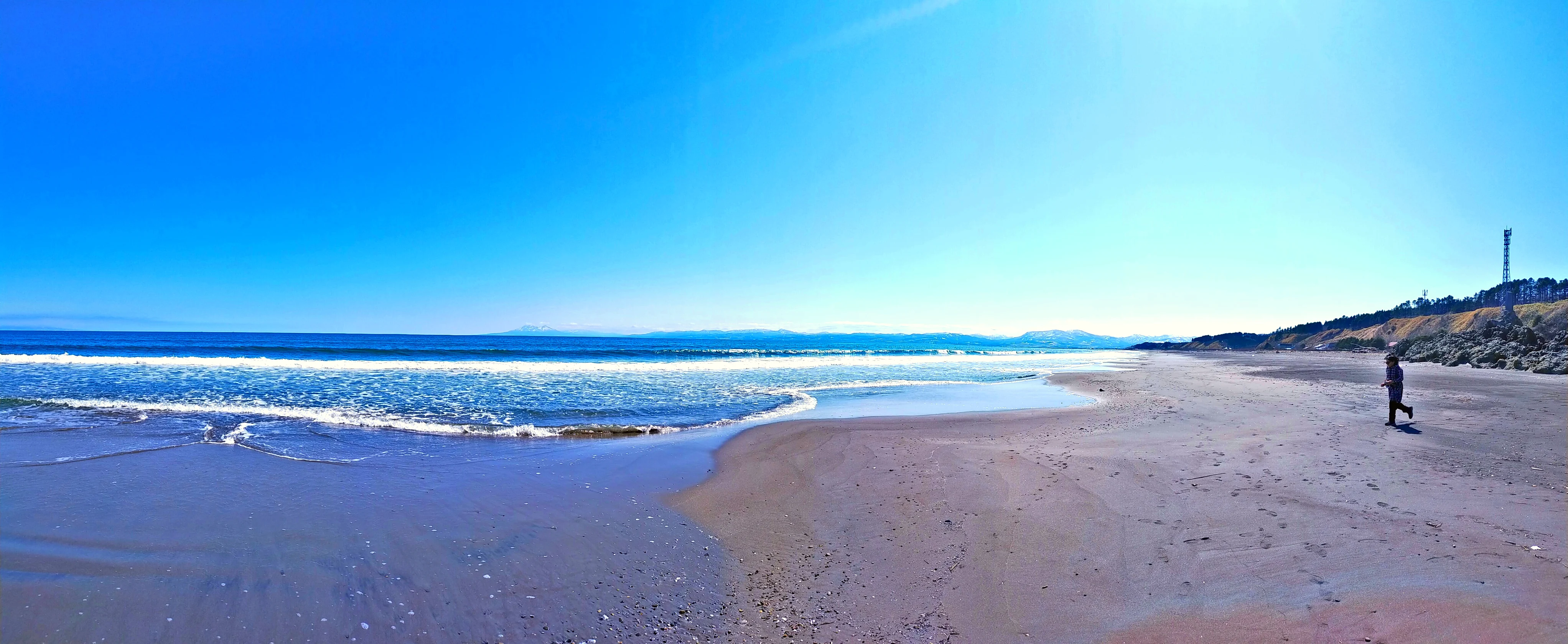 |
 |
Today, the Shumakamui remains a symbol of Ainu culture and spirituality. Visitors to the area can marvel at the towering rock and reflect on the ancient stories and traditions that surround it. Whether you're a history buff, a lover of nature, or someone seeking a deeper understanding of Hokkaido’s indigenous culture, the Black Rock Formation offers an unforgettable experience.
Team Nicerio visits Shumakamui
On April 2, 2023, my family and I visited Shumakamui during
my 3-day Birthday Road Trip, marking my 517th day in Japan as an ALT under the JET Programme. Shumakamui was our first stop in the town of Yakumo. What I
truly appreciate about this place is its off-the-beaten-path location, making
it less of a typical tourist destination. The only way to reach it is by
private or rental car, adding to its exclusivity. However, I was saddened to
see the area scattered with trash brought in by the tide. I hope that efforts
are made to clean it up regularly to preserve the sacredness of the rocks and
the natural beauty of the surroundings.
Shumakamui Admission Fee
It’s FREE to enter and explore the area where Shumakamui is located.
Shumakamui Operating Hours
Shumakamui is open 24/7. However, it is highly recommended
that you visit in the morning as the place is not well-lit at night.
Why visit Shumakamui?
If you're planning a trip to Hokkaido, make sure to include
this sacred site on your itinerary. It's a place where natural beauty, local
legend, and spiritual history converge, making it a must-see destination for
anyone looking to connect with the cultural heritage of the Ainu people.
Getting to Shumakamui
There are several ways to get to Shumakamui. Although the best way to go there is by private or rental car it is still possible to commute. Here's what I'm familiar with.
From Oshamambe Station, ride the Local Mori train on the Hakodate Line. Board down at Kuroiwa Station. Once there, walk for about 650 meters to Shumakamui.
Travel time: 25 minutes
Fare: 440 yen
From Hakodate Station, ride the Local Oshamambe train on the Hakodate Line. Board down at Kuroiwa Station. Once there, walk for about 650 meters to Shumakamui.
Travel time: 2 hours 12 minutes
Fare: 2,100 yen
Ratings
| Cleanliness |
| Overall rating |
 |





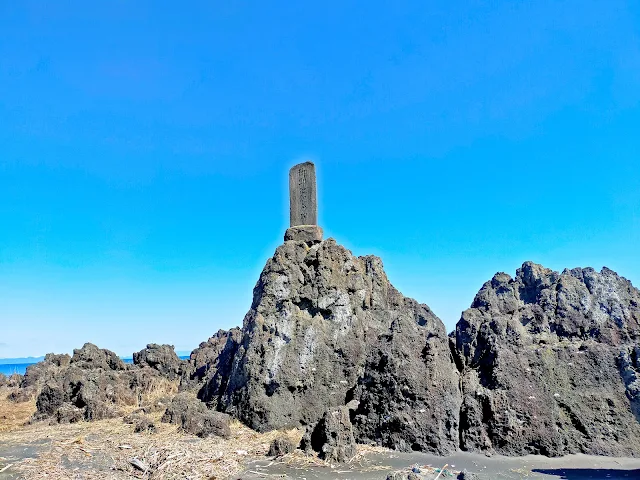
















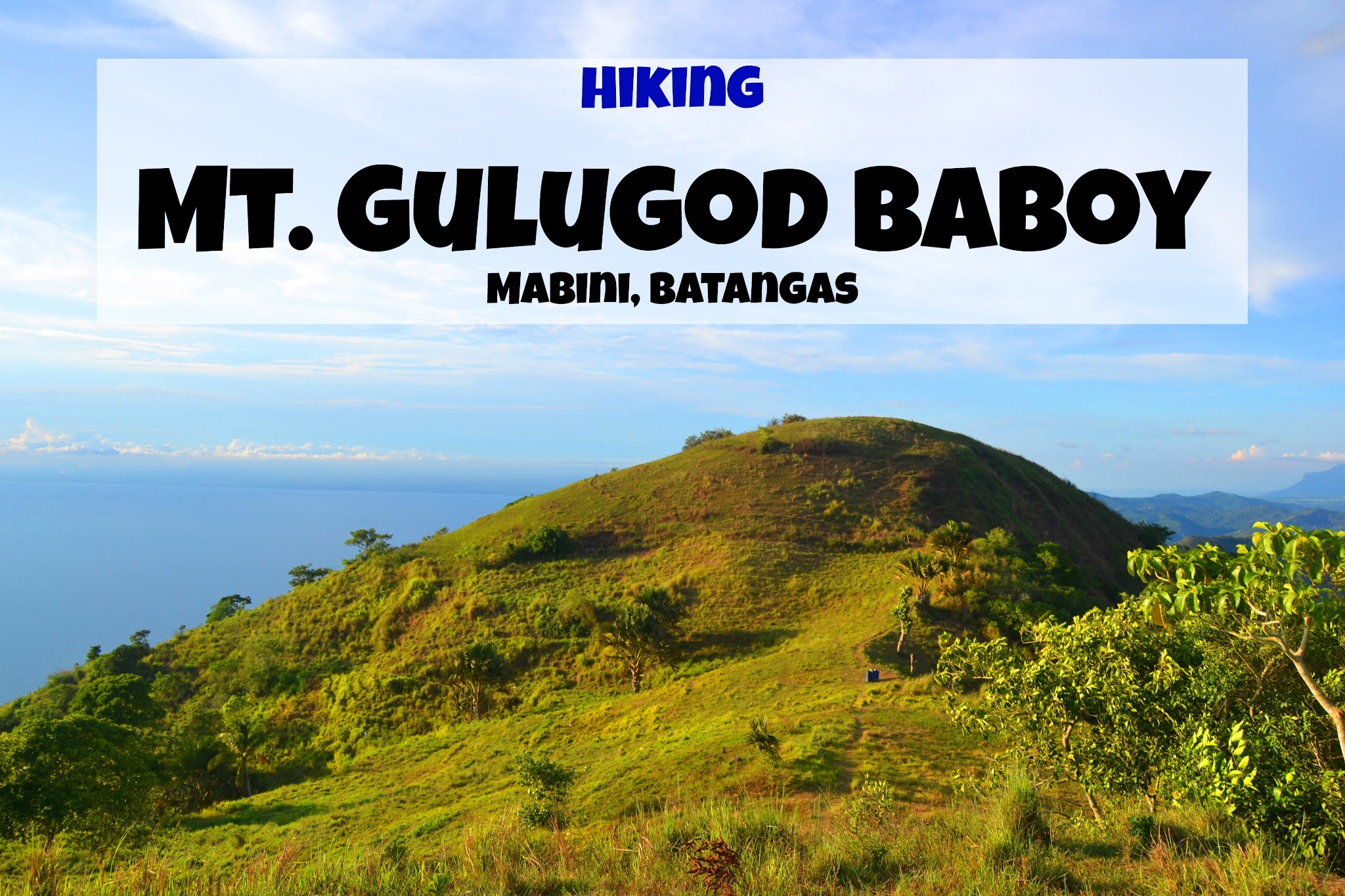

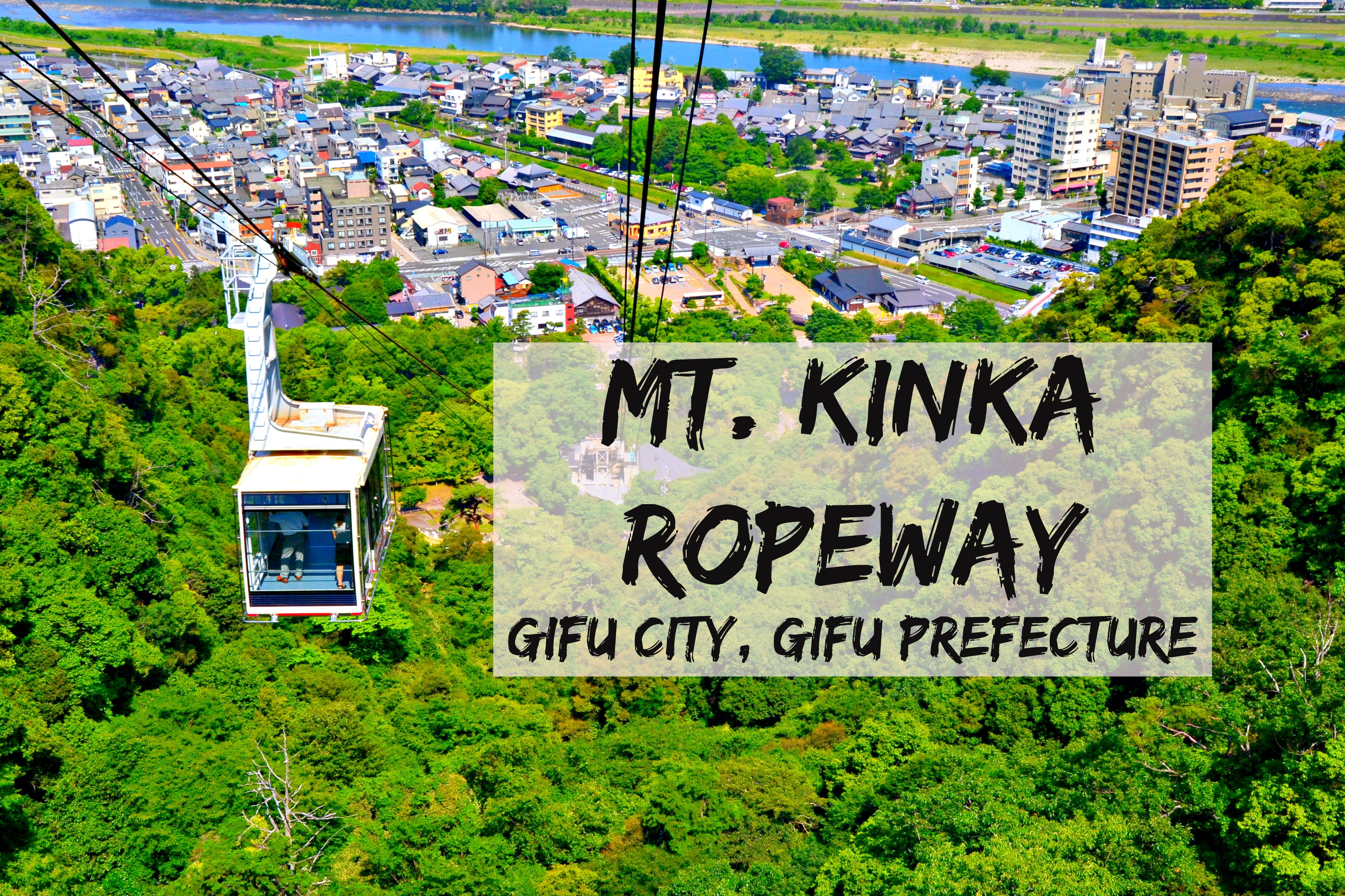
Comments
Post a Comment